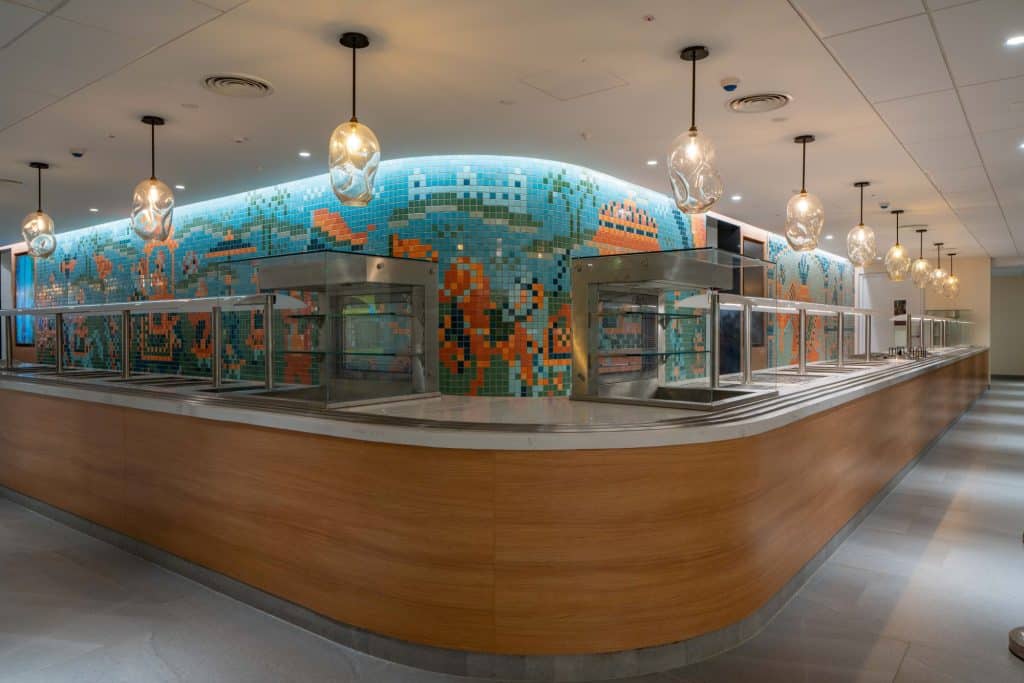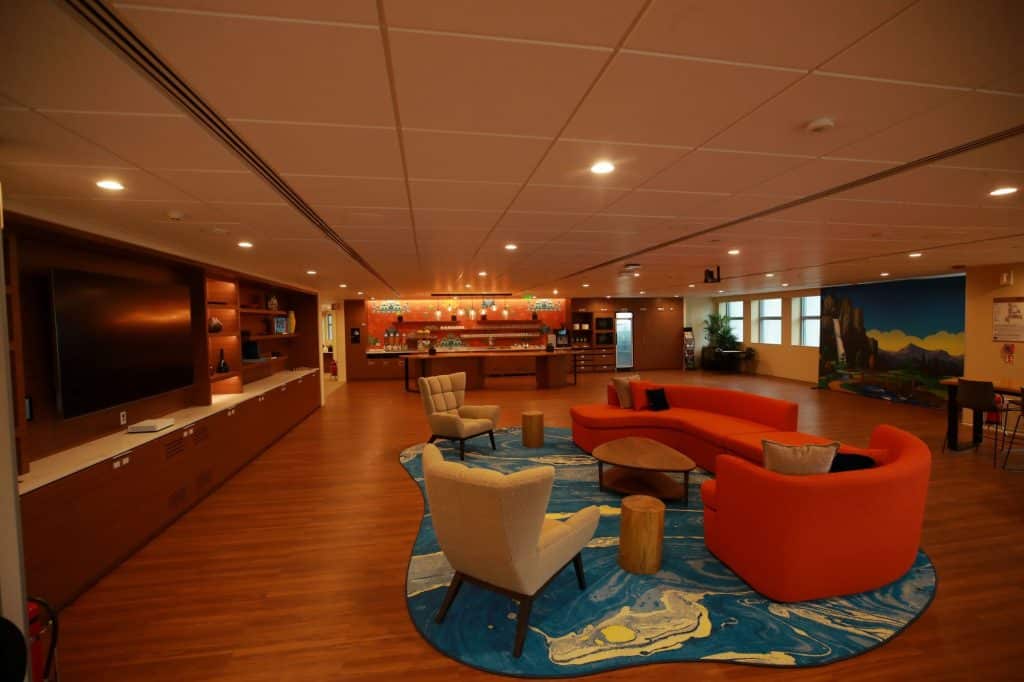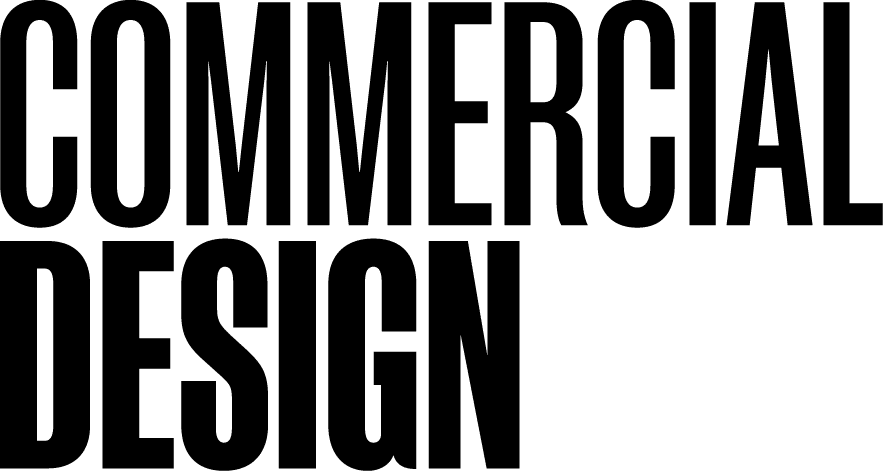In this interview, Laila Khalil, Director of Real Estate & Workplace Services at Salesforce India, shares her journey in corporate real estate, discussing pivotal career moments, current industry challenges, and innovative strategies for enhancing workplace environments and employee experience. Join us for insights from a seasoned leader in the field.
Can you share a brief glimpse into your career journey? What has been the most pivotal moment in your career, and how has it shaped your professional growth?
With over 23 years of experience in business operations and corporate real estate management, I have worked with some of the leading organisations globally. My expertise encompasses overseeing real estate strategies, workplace services employee experience, and project management. Throughout my career, I have led teams in designing sustainable workplace programs and developed strategies for sourcing, procurement, corporate social responsibility, business continuity and internal communications.
A pivotal moment in my career was transitioning from architecture to corporate real estate. Pursuing a master’s degree in business in the US and receiving insightful guidance from generous mentors opened new opportunities for me. Initially involved in property valuations and commercial transactions, I soon realised my flair for leading roles managing corporate real estate portfolios.

Managing the comprehensive real estate process—from estimating budgets to seeking Board approvals, leading site selections and design development to project execution and eventually, overseeing employee change management and overall workplace and stakeholder management—the entire chain has been both inspiring and challenging, with multiple opportunities for continuous learning.
The most fulfilling aspect of this role is the opportunity to work and apply my real estate and project management acumen for managing real estate portfolios of varied industries, such as industrial & manufacturing, retail and warehouse operations, and IT and Financial product services. Its interesting to see how strategies for managing and operating real estate portfolios changes across industries and this has significantly added to my learning curve.
In addition to my role as the Director of Real Estate & Workplace Services at Salesforce India, I am an active member of the Royal Institute of Chartered Surveyors (MRICS). I have held notable positions as Co-Chair for the CoreNet Global India Chapter (FY 2020-22) and continue to volunteer to its various global initiatives and special projects.
Additionally, I am the Co-founder of WiRENet World, a non-profit trust established in 2021 to advance DEI initiatives for women in the real estate, construction, and built environment sectors. It has become increasingly significant to foster a gender-focused professional networking group that will focus on improving gender diversity and inclusion in this industry.
As the Secretary of its Governing Council for 2024-25, I am passionately working towards creating an equitable, diverse, and inclusive built environment. Functioning as a not-for-profit Society, WiREnet World offers opportunities for networking, knowledge sharing, research, publications, and mentor groups.
What are some of the significant challenges you’ve encountered recently in the Workplace services industry, and what are the measures we can adopt to address them?
Workplace services and stakeholder expectations are constantly evolving, thus requiring Workplace Heads to focus on more than just asset management services. There is an increasing demand for workplace heads to support comprehensive initiatives focused on employee health, wellbeing and security.
Office designs have also evolved to provide elevated levels of workplace services delivered with hospitality at its core, and that is in addition to providing employees access to well-designed, ergonomic offices with uninterrupted and high-speed connectivity, seamless AV and conferencing facilities. We find ourselves in a situation where office designs have to cater to more than just form, functionality, aesthetics and efficiency. A substantial amount of the office footprint is getting carved out for dedicated spaces that can enable wellness and recreational initiatives.

And with the majority of the occupiers leaning towards hybrid working models, designers and workplace heads are preoccupied in understanding the best ratios for desks versus collaboration versus communal spaces like cafeterias and break-out zones. While the hybrid working models can offer a middle ground to help meet business objectives with employee expectations, it presents several unique challenges.
Foremost will be dealing with space utilisation and its management. Optimising space usage becomes complex with hybrid models, as you need to balance between accommodating on-site workers and maintaining areas for remote collaboration. Make it pertinent to have flexible office designs so that it’s easier to reconfigure layouts to enable hot-desking or modular meeting rooms to accommodate changing business needs.
Another challenge will be ensuring access to seamless and reliable infrastructure technology and connectivity to support both remote and on-site workers. Managing data security and ensuring compliance with regulations can also get challenging when employees work from various locations.
While it is possible to invest in scalable technology solutions to support remote work, the office infrastructure should also be flexible enough to accommodate infrastructure upgrades along with adequate IT Security support and ergonomic office setups. This will undoubtedly also require enhancing technical support teams to address issues promptly and minimise downtime for both remote and on-site employees.
Last but not least, maintaining employee morale and engagement can be difficult when teams are split between remote and on-site work environments leading to disparate and inconsistent employee experience.
While this can be addressed by implementing wellness programs and inclusive culture initiatives that cater to both remote and on-site employees, there will be a greater impetus on leaders to adopt a more concise, communicative and empathetic form of leadership.
Regular feedback mechanisms, check-ins and establishing clear communication protocols and guidelines to streamline information flow and decision-making processes will take centre stage. Regular feedback from employees to understand their needs and usage of space can also provide valuable input while adjusting space plans.
While many of these will be tailored solutions, it is necessary for Workplace managers to address such challenges in a strategic, proactive and collaborative manner to operate a workplace with high degrees of efficiency and employee satisfaction.

How have you integrated sustainability and eco-friendly practices and what are the best practices for implementing this in facility management strategies?
Implementing sustainable facilities management practices is critical not only for protecting the environment but also for making good business sense and is essential for modern workplace operations. Some of the advantages of a sustainable facilities management program is that it helps reduce your carbon footprint, goes a long way in cutting operational expenditures, enhances brand reputation, and also attracts top talent.
Some of the best practices for implementing them effectively are:
- Adopting energy-efficient lighting such as LED lighting. It not only consumes less electricity but also provides a longer lifespan compared to traditional bulbs.
- Selecting energy-efficient office equipment with high energy efficiency ratings to minimise overall consumption.
- Implementing comprehensive recycling programs that focus on conserving resources, reducing carbon emissions, and preventing waste from contaminating oceans.
- Utilising eco-friendly cleaning products such as green cleaning solutions that reduce ecological impact and safeguard the health of both ecosystems and building occupants.
- Installing water-saving fixtures as part of the green management strategy, designed to reduce water consumption.
- Performing scheduled preventive maintenance routines for repairing and maintaining existing equipment rather than replacing it, so that there are concerted efforts to save both resources and costs.
- Last but not least, engaging and educating your Stakeholders. Proactive communication and building awareness of your sustainability goals and green initiatives with all occupants including senior Leadership, Customers and Visitors to foster a collaborative approach towards environmental stewardship.
Embedding these practices into the facility management strategies can help drive efficiency, reduce environmental impact, and promote a culture of sustainability.
At Salesforce, our real estate portfolio fosters an innovative and low-impact interior design and uses best-in-class construction practices to minimise landfill waste. Even our office waste infrastructure promotes recycling while promoting employee-led volunteer activities ranging from neighbourhood trash cleanups to tree plantings.
What emerging innovative technologies or processes do you foresee will enhance operational efficiency and user experience within the office services industry?
It’s becoming clear that integrating CAFM (Computer-Aided Facility Management) and IoT (Internet of Things) solutions is increasingly important for optimising workplace services and operations. These applications can help connect all the backend processes and systems while simultaneously helping monitor multiple operations.
Certain CAFM tools and technologies can be used to effectively manage space, maintenance schedules, asset and equipment lifecycles, work orders and also track energy consumption patterns to reduce costs and improve efficiency. On the other hand, IoT can help connect devices and systems to the internet to collect, exchange, and analyze data.
For Workplace managers, IoT solutions can range from (1) Smart Building Systems integrating sensors and devices to control lighting, HVAC (heating, ventilation, and air conditioning), and security systems, (2) Predictive Maintenance systems using sensors to monitor equipment health and predict equipment failures thereby reducing downtime and repair costs, (3) Energy Management to optimise energy use and effectively manage utility spends, (4)Occupancy Monitoring sensors to track occupancy patterns and feed timely data back to the building systems to make the necessary adjustments to lighting and HVAC systems and (5) Environmental Monitoring to tracking factors such as indoor air quality, temperature, and humidity to maintain a healthy and comfortable environment.
Smart and thoughtful integration of CAFM and IoT can lead to more advanced and responsive workplace management and can result in some good ROIs for long-term real estate solutions. IoT sensors can provide real-time data to CAFM systems which in turn can use the data to make informed decisions, provide automated responses and provide data for any data-driven decision-making. Inevitably, this industry will further evolve to adopt AI and the increased use of technology and green initiatives to focus on employee well-being and to improve their sustainability goals
In your opinion, what are the essential qualities and skills that have contributed to your success in workplace services, and what advice would you give to aspiring professionals in this field?
Succeeding in workplace services and real estate operations requires a healthy blend of technical expertise, interpersonal skills, and strategic leadership thinking. My degrees in Business Management and Architecture have helped me achieve the demands of such a multi-disciplinarian function that takes into account various physical, psychological, technological, environmental, and socio-cultural elements. Keeping these elements balanced is critical to create and operating a built environment that meets its objectives on fostering a healthy, engaged, high-performing, and efficient workforce.
First and foremost, technical knowledge and understanding of building systems like HVAC, electrical, and plumbing is as critical as understanding stakeholder expectations and employee experience. Problem-solving abilities are key for swiftly addressing unexpected issues, while strong communication skills facilitate clear interaction with staff, vendors, and stakeholders. Project management skills can help enable the smooth execution of a wide range of projects such as expansions, renovations or routine annual maintenance.
They can also help ensure ESG targets are being met within budget and timeline constraints. Apart from that, organisational skills come in handy in effective multi-tasking and prioritisation while Team Management skills are critical to keep teams motivated, managing conflict resolution and effective delegation. Financial acumen, having a customer-oriented mindset and Regulatory knowledge are necessary for effectively managing CRE portfolios.
For aspiring professionals, gaining relevant education and certifications can enhance credibility and job prospects. In addition to staying updated with industry trends, innovations, and best practices, joining professional organisations and attending industry conferences, and connecting with other workplace management professionals can provide valuable insights, while providing opportunities for career enhancement and mentorship.
Continuous improvement in developing strong interpersonal skills, such as communication, negotiation, and conflict resolution can help lead to better outcomes and develop a resilient mindset for managing unexpected scenarios and problem-solving. Last but not least, be open to embracing new technologies such as building management systems (BMS), energy management systems, and smart building technologies.

